I am having trouble adding p-values to a ggplot when the axis is logarithmic and the values to be plotted are all well below 1. It seems that no matter where I tell the function to put the p-value, it always puts it at or above 1, which often ruins my scale.
An MRE:
library(ggplot2)
library(ggpubr)
df <- data.frame("group" = rep(c("A", "B", "C", "D", "E"), each = 5),
"value" = exp(seq(-10,-9, length.out = 25)))
stat_df <- ggpubr::compare_means(formula = value ~ group, data = df, method = "wilcox.test")[1:3,]
p <- ggplot(data = df, aes(x = group, y = value)) +
geom_boxplot() +
ggpubr::stat_pvalue_manual(data = stat_df, y.position = 1e-4, step.increase = 0) +
scale_y_continuous(trans = "log10")
plot(p)
which produces:
As you can see, even though I have told ggpubr to put the p-value at 1e-4, it put it at 1 (1e0) instead. For values above 1, you can just give it the log10 of the value you want to plot it at (e.g. y.position = 11 plots it at 1e11), but if you try to input a value of 0 or a negative value for y.position, it will not show up; specifically, you get the following:
Warning messages:
1: In self$trans$transform(x) : NaNs produced
2: Transformation introduced infinite values in continuous y-axis
3: Removed 3 rows containing non-finite values (stat_bracket).
I'm open to using other packages to plot p-values, ggpubr::stat_pvalue_manual has just so far been the most flexible and useful for my purposes. The only workaround I have found for this problem is a very hacky solution using the scales::pseudo_log_trans function and some bizarre trial and error results, but that is far from an ideal solution as it produces different axes than a regular log10 transformation.


